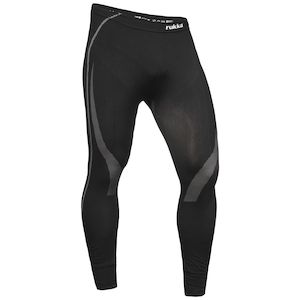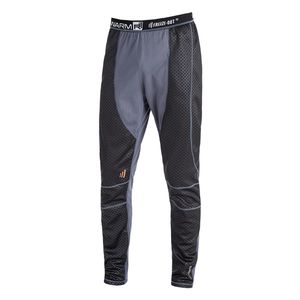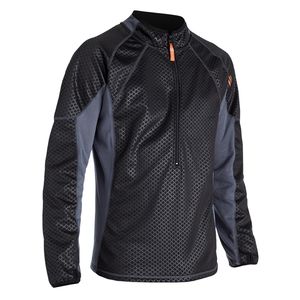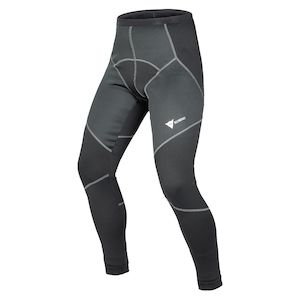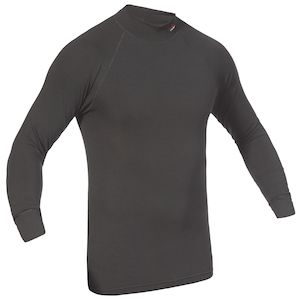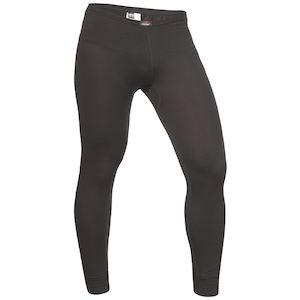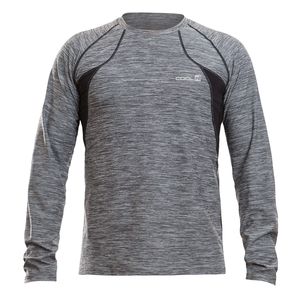I was in Moab, Utah gearing up to ride the infamous Slick Rock Trail on my KTM 300 XC-W. The high that day was 110 degrees F. It was a scorcher!
The trail head parking lot was completely empty except for one other brave soul. We looked at each other and, while no words were exchanged, we both had that look on our faces that said, “Are we really doing this? This is stupid, right? Yep, it is, but I guess we’re doing it.” As soon as I threw on my base layers, the seal of silence was finally broken: “How the hell are you about to wear base layers, dude?! It’s 110 degrees!”
I get it. Generally, more layers means more warmth, so base layers on a searing hot day sounds counterintuitive. I think a lot of riders have this misconception and many view base layers as only being beneficial in cooler riding conditions. That’s simply not the case. They're essentially your first line of defense in any extreme riding conditions, hot or cold.
Base layers: The science
Of course, I know you're not just going to take my word for it, so let’s start with some of the scientifical stuff.
When we exercise or our environment is simply hot, sweating is our body's way of cooling itself to ensure we don’t overheat. Without the ability to sweat, our body couldn't regulate its temperature appropriately.
To quote the Scientific American website: “Your body makes use of the evaporative process when sweating. Sweat, which consists of 90 percent water, starts to evaporate. The necessary heat of evaporation is extracted from the sweat itself, which leads to a heat transfer from the liquid into the gaseous state. This results in a cooling effect (called evaporative cooling) that helps to maintain body temperature and cools the body down when it gets too hot. The degree of cooling is dependent on the evaporation rate and heat of evaporation.”
You want that evaporative cooling to happen as close as possible to the skin for the best results, and this is why having a base layer, fitted to the body, can greatly improve the cooling effect. It’s more or less serving as a second skin.
In colder temperatures, the main objective of your base layers is still the same, to wick away any moisture, which helps reduce that wet and clammy feeling you’ll often encounter when wearing a cotton T-shirt under layers. During the winter riding season, dedicated base layers will keep you drier, and therefore warmer, than you would be without them.
In a nutshell, when it’s hot, base layers help you keep cool by allowing your sweat to evaporate and do its job and, when it's cold, base layers with some thermal properties won't hold in moisture and make you feel cold and clammy.
Which base layers are the right base layers?
There’s a ton of options available on the market but, in my experience, the differences are small. Maybe the $80 base layer looks cooler or has a fancier marketing name for its moisture-wicking technology than the $25 base layer, but in my experience they both get the job done.
What is important, however, is to pay attention to the season base layers are designed for. Summer base layers tend to be thin while winter base layers will often be thicker, with more insulating properties.
That brings me to some of my personal favorites.
The Freeze-Out Warm'R base layers quickly became one of my favorites. I used these base layers the entire season last winter and, for $40, they're an excellent "bang for the buck" option.
For the rest of the season, I’ve pretty much used a combination of the Rukka Max Seamless and the Rukka Outlast layers. I’ve used this stuff for years and it’s performed very well. The Max Seamless base layers are specific to hot weather riding but the Outlast gear is a bit unique.
Outlast is a separate company that provides its technology to makers of everything from motorcycle gear to bedding, much like Gore-TEX does with its waterproof and breathable material. In this case, Outlast produces fabrics with "phase change materials" to regulate temperature. What does that mean? Think of it like wax, which melts when it gets warm and solidifies when it cools. The microencapsulated phase change material in the gear can shift from solid to liquid and back as temperatures rise or fall, so it draws heat away from the body or releases it back, helping smooth out temperature fluctuations. I know, it sounds a little like hocus pocus, but what I can tell you for sure is that the stuff is comfortable and has held up well over the years.
There are so many options to choose from, a lot of it will simply come down to budget, style, and personal preference. I think the only way you can make a really wrong decision when choosing base layers is to decide not to use them.
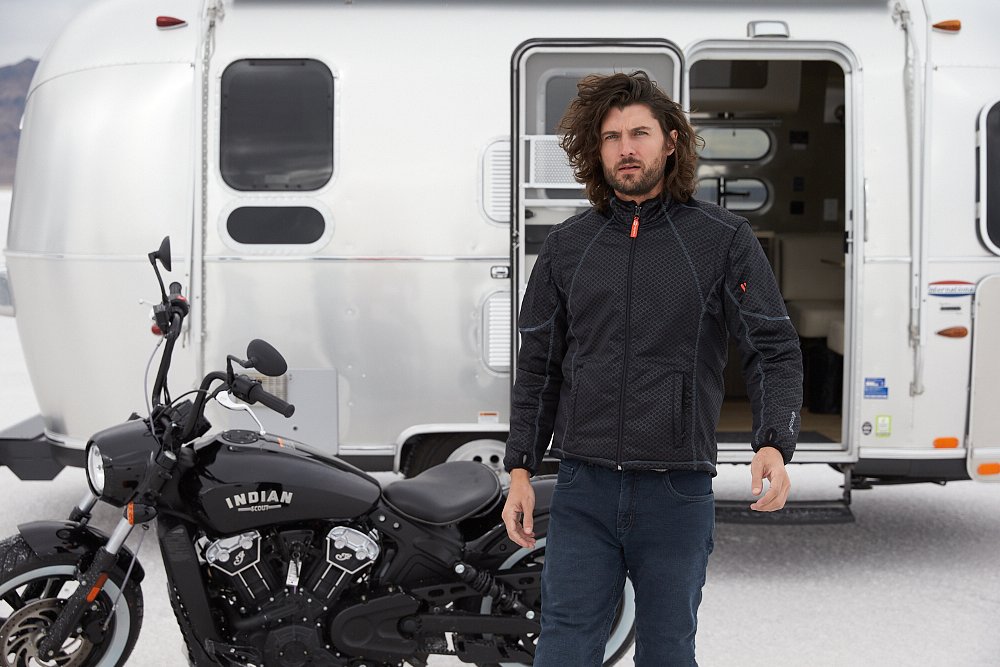
Proper fit = better performance = greater comfort
Once you’ve sifted through the endless sea of options, the next important factor when choosing the right base layers, much like any piece of moto gear, is to ensure it fits properly. In order for it to do its job, you’ll want every part of the base layer to be snug and fitted against the body. As previously mentioned, the base layers are essentially acting as a second set of skin.
When choosing a size, I’ve found that going with your typical T-shirt and underwear size will generally do the trick. But, keep in mind, this is not supposed to fit like your typical T-shirt. It should be snug. One thing I’m always careful about, however, is the fitment around the armpits. Snug is what you want but if the shirt feels so tight that it’s restricting blood flow to the hands, that’s no bueno. This can lead to arm pump and other complications, which nobody wants when they’re out on two wheels.
When your base layers fit appropriately, they also provide greater comfort. I typically wear armored gear when I’m out on the dirt bike and it’s not very comfortable against the skin. Same can be said for leathers on the track. That base layer gives you extra padding between your moto gear and lets leather move with you better instead of clinging to your skin. I can’t tell you how many riders I’ve seen at the track without base layers wiggling with frustration to get in and out of sweaty leathers. Trust me, wearing base layers with a full leather suit is a thousand times better than not.
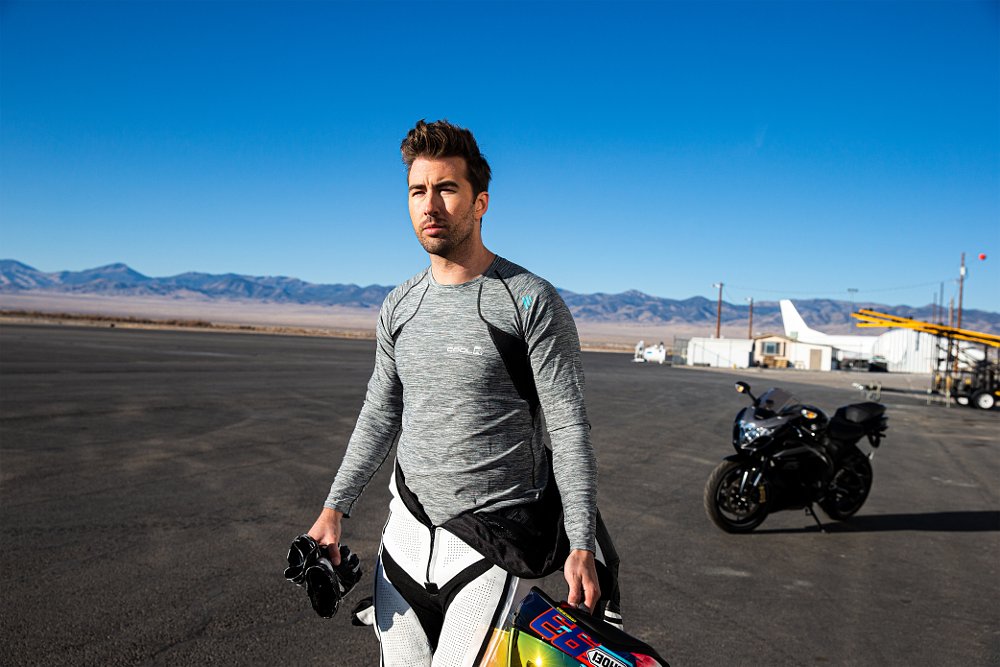
Whether you’re straining to cut a faster lap at the track, trying to retain every bit of heat during your commute to the office in the winter, or about to head out and ride the trails in triple-digit heat, a set of base layers will go a very long way to keeping you more comfortable and focused on riding.

 Membership
Membership








